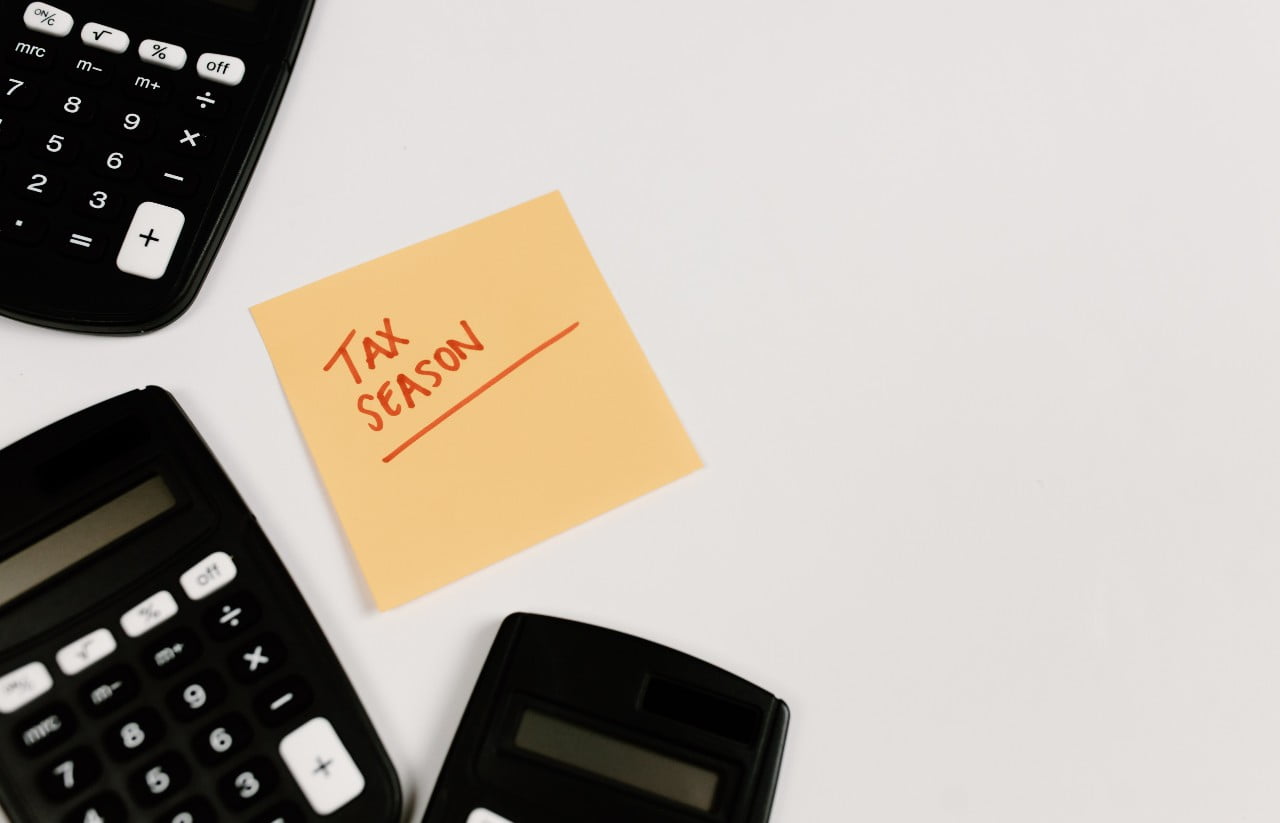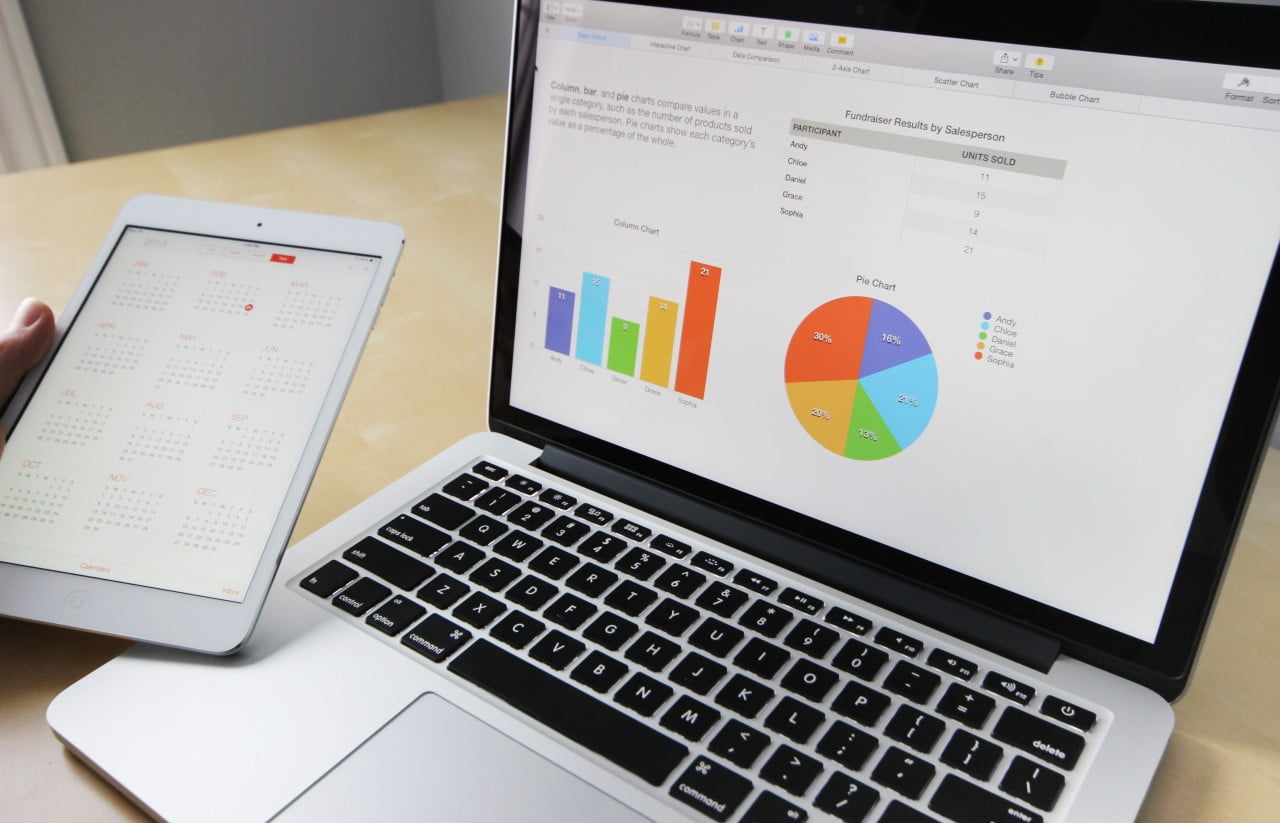From 1 April 2022, ALL VAT-registered businesses must comply with Making Tax Digital for VAT. In our latest blog, we highlight some useful tips and reminders for those of you who still need to prepare.
What is Making Tax Digital for VAT?
Making Tax Digital for VAT (MTD) forms part of a wider government initiative to make it easier for individuals and businesses to get their tax right – simplifying the process. MTD aims to transform tax administration so that it is more effective and more efficient.
Who is affected?
VAT-registered businesses with turnover above the VAT threshold of £85,000 have been required to follow the Making Tax Digital for VAT rules since April 2019. From 1 April 2022, all VAT registered traders, including smaller businesses with turnover less than the threshold must adhere to the rules.
Examples of businesses which may be affected from April include those who are trading below the VAT registration threshold, those that make zero-rated supplies, on which no VAT is charged, or businesses who are only VAT registered to recover VAT they incur.
You may be able to apply for an exemption from MTD for VAT if you are unable to use a computer or access the internet due to age, disability, or remote location. If this applies to you, an application must be submitted by contacting HMRC.
What information must be kept digitally?
As part of the new rules, you will be required to keep a record of all your accounting transactions digitally. This means that handwritten records are not acceptable any longer.
You may already keep these records digitally, however, the difference with MTD is that you must use a compatible software package to submit your VAT return. You will not be able to log on to HMRC and enter your VAT return figures on line.
What is compatible software?
Compatible VAT record keeping software connects to HMRC systems and allows you to store and update records like receipts and VAT invoices digitally.
It must be able to:
- Keep and maintain digital records specified in the regulations
- Prepare VAT returns using these records
- Communicate with HMRC via a digital link
Do I need to register for MTD for VAT?
You can sign up for MTD online, but you must have compatible software in place before you register.
To sign up, you will need:
- Your business email address
- Government Gateway user ID and password
- VAT registration number
- Latest VAT return
New VAT penalty regime
A new VAT penalty regime, which was due to come into force on 1 April 2022, has been deferred to January 2023. Read more about the new penalties for late submission and payment penalties in our recent blog.
Is MTD only for VAT?
At the moment, YES. The next stage in the government’s plans for a digital tax system will be a change for Income Tax. Self-employed business owners and landlords with annual business or property income above £10,000 will need to follow the rules for Making Tax Digital for Income Tax from 6 April 2024.
Get in touch
If you have any questions in relation to becoming MTD compliant, (including reviewing your current VAT procedures, guiding you towards a suitable solution, assisting with quarterly submission to HMRC and even providing training for your team), please contact your usual PM+M adviser or get in touch with Jill Morris using the button below.







